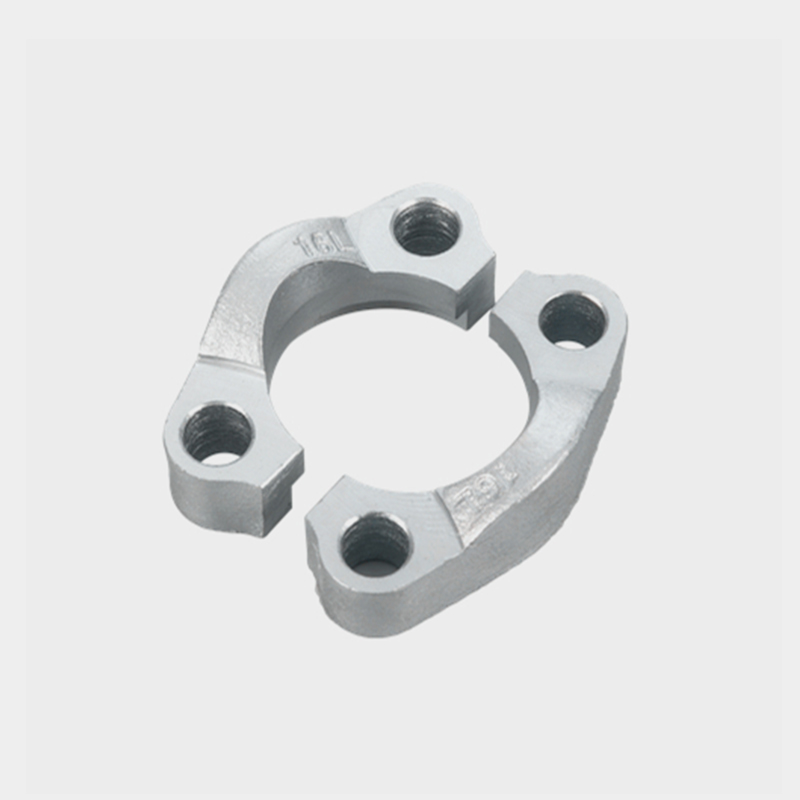Call Us
+86-13486669457Split flange halves accommodate misalignment in piping systems through their design and installation process. Here’s a detailed explanation of how they handle misalignment:
Flexible Installation: Split flange halves are designed in two separate pieces, which greatly simplifies the installation process compared to traditional solid flanges. This design allows each half to be placed around the pipe individually, making it easier to handle and position, especially in tight or confined spaces where pipe movement is restricted. This flexibility is particularly useful in retrofit projects or repairs, where the existing piping cannot be easily realigned. The two-piece construction allows for easier manipulation and alignment, reducing the time and effort required for installation.
Bolted Assembly: The split flange halves are secured together using bolts, which provides the ability to make incremental adjustments during the installation process. By adjusting the position of the halves relative to each other before fully tightening the bolts, installers can ensure that the flanges align properly with the mating surfaces. This bolted method is advantageous because it allows for fine-tuning of the flange position, accommodating minor discrepancies in pipe alignment that could otherwise bring about leaks or mechanical stress.
Self-Centering Design: Many split flange halves feature a self-centering design, which helps to align the flanges correctly as the bolts are tightened. This design typically involves tapered or interlocking edges that guide the flange halves into the correct position. As the bolts are gradually tightened, the flange halves are drawn into alignment, ensuring a concentric and secure fit around the pipe. This self-centering mechanism reduces the risk of misalignment-induced leaks and enhances the overall stability of the flange connection.
Gasket Compression: The use of gaskets between the flange faces is crucial for creating a reliable seal, especially when dealing with slight misalignments. Gaskets are typically made from compressible materials such as rubber, PTFE, or other elastomers, which can conform to the irregularities in the flange faces. As the flange halves are bolted together, the gasket material compresses, filling any gaps and creating a tight seal. This ability to adapt to minor misalignments ensures that the connection remains leak-free under various operating conditions, including thermal expansion and contraction.
Adjustable Bolting Patterns: Some split flange designs incorporate slotted bolt holes or other adjustable features that provide greater flexibility during installation. These adjustable patterns allow the installer to move the flange halves slightly to achieve better alignment with the mating components. This flexibility is particularly beneficial when dealing with pipes that are slightly out of alignment or when installing flanges in challenging environments. The ability to adjust the bolt positioning helps to ensure a more precise fit, reducing the potential for leaks and mechanical strain on the piping system.
Incremental Tightening: The recommended practice for tightening bolts on split flange halves involves an incremental and crisscross pattern. This approach ensures that the pressure is evenly distributed across the flange faces, minimizing the risk of warping or uneven compression of the gasket. By gradually tightening the bolts in a systematic pattern, installers can ensure that the flanges are drawn together uniformly, correcting minor misalignments during the process. This method also helps to avoid localized stress concentrations that could compromise the integrity of the connection.
FL-20 SAE Split Flange Clamps 3000PSI


 中文简体
中文简体
 English
English









